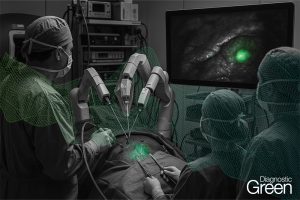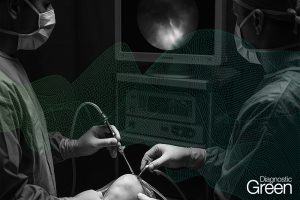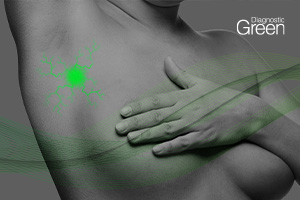The benefits of preoperative perforator imaging for microsurgical reconstruction have been well established in the literature. An extensive literature review was performed to determine the most commonly used modalities, and their applicability, advantages and disadvantages.
Results: The review demonstrated various findings including decreases in operative time and cost with the use of CT angiography to identification of perforators for inclusion in flap design with hand-held Doppler ultrasound. Modalities like MR angiography offer alternatives for patients with contrast allergies or renal dysfunction while maintaining a high level of clarity and fidelity. Although the use of conventional angiography has decreased due to the availability of less invasive alternatives, it continues to serve a role in the preoperative evaluation of patients for lower extremity reconstruction. Duplex ultrasonography has been of great interest recently as an inexpensive, risk free, and extraordinarily accurate diagnostic tool. Emerging technologies such as indocyanine green fluorescence angiography and dynamic infrared thermography provide real-time information about tissue vascularity and perfusion without requiring radiation exposure.




